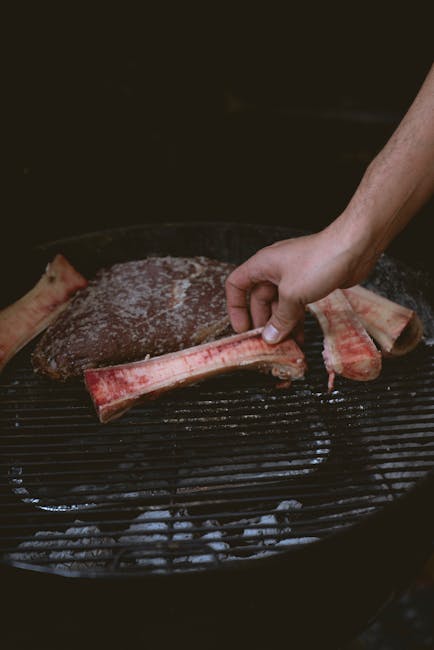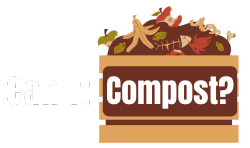Can I Compost Meat and Bones?
Composting meat and bones is possible but requires careful handling due to significant risks of attracting pests and spreading pathogens.


Sourced & Cited
Meat and bones can be composted, but it's crucial to understand the potential challenges involved. Proper techniques are essential to minimize risks and ensure successful decomposition. These methods differ from composting typical yard and kitchen waste.
Compost Classification
Green (Nitrogen-rich): Meat and bones are high in nitrogen, contributing to the decomposition process. However, their high moisture content can also lead to anaerobic conditions if not managed correctly.
🌱 Key Nutrients
This item contributes the following nutrients to your compost:
Nitrogen (N)
🏷️ Tags
Important characteristics to know about this item:
Breaks Down Slowly Use in Moderation Pest Attraction Risk Odor Risk Adds Key Nutrients
⚠️ Potential Risks
- Attracting pests like rodents and insects
- Producing unpleasant odors during decomposition
- Potential for spreading pathogens if the compost doesn't reach sufficiently high temperatures
- Slow decomposition rate compared to other organic materials
💡 Best Practices
- Bury meat and bones deep within the compost pile (at least 6 inches below the surface)
- Chop meat into small pieces (no larger than 1 inch) to increase surface area and accelerate decomposition
- Ensure your compost pile maintains a temperature of at least 130°F (54°C) through hot composting techniques to kill pathogens
- Mix meat and bones with ample amounts of "brown" carbon-rich materials like dry leaves or shredded cardboard to balance the nitrogen
- Do not use the resulting compost on food crops, as it may contain pathogens.
